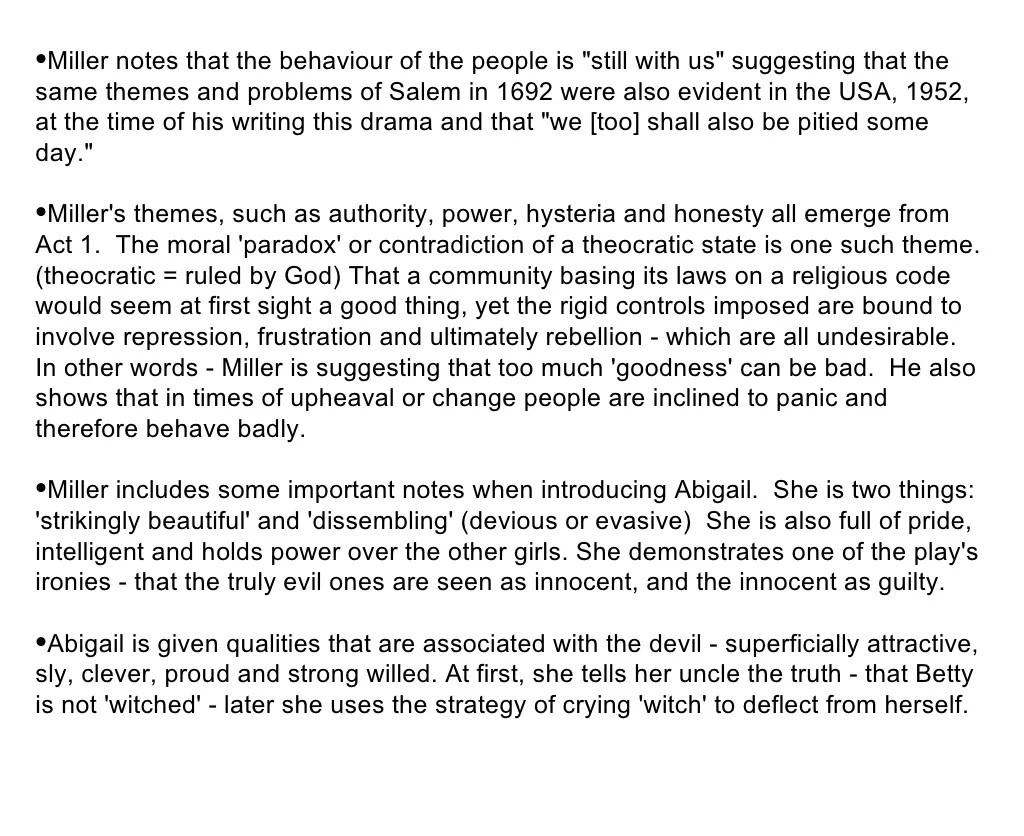The crucible pdf act 4 – Delve into the depths of “The Crucible” Act 4 with this comprehensive analysis. Explore the intricate web of characters, conflicts, and symbols that shape this pivotal act.
John Proctor’s moral struggles, the play’s exploration of mass hysteria, and the profound use of symbolism are just a few of the captivating elements that await you.
The Crucible Act 4 Summary
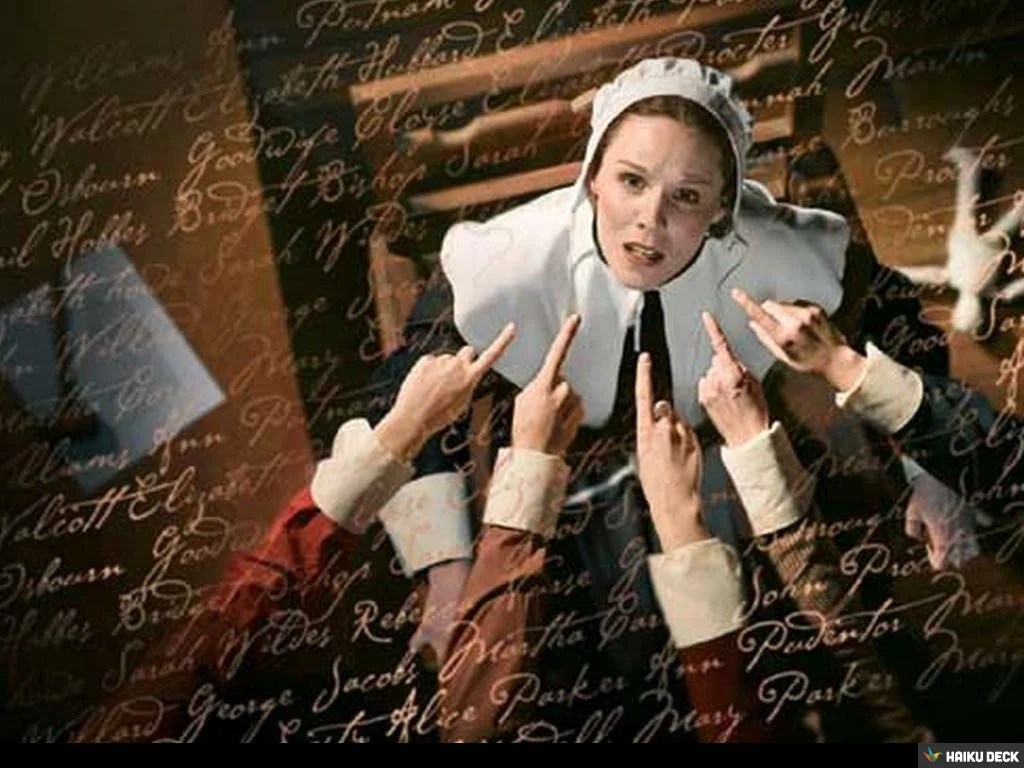
Act 4 of “The Crucible” marks a turning point in the play, as the trials reach their peak and the accusations spiral out of control. Key events unfold, shaping the destinies of the characters and exposing the underlying tensions within the community.
For those seeking further insight into The Crucible PDF Act 4, consider exploring prueba 5a 1 answer key . This resource provides valuable perspectives that can enhance your understanding of the play’s themes and characters. Returning to The Crucible PDF Act 4, we delve deeper into the escalating tensions and the unraveling of the Puritan community.
The Trials Intensify
The trials escalate, with Abigail Williams and her followers continuing to accuse innocent individuals. Giles Corey, a respected farmer, is arrested and charged with witchcraft. Despite his denial, he is subjected to a cruel and unusual punishment, “pressing,” where heavy stones are placed on his chest to force a confession.
Giles’s steadfast refusal to submit highlights the absurdity and injustice of the trials.
John Proctor’s Dilemma
John Proctor, who initially dismissed the accusations as nonsense, now finds himself caught in a moral crisis. He is forced to choose between saving his wife, Elizabeth, who has been accused, and protecting his own integrity. John’s decision to confess his affair with Abigail, in an attempt to discredit her testimony, backfires when Abigail turns the tables on him, claiming he is a warlock.
Abigail’s Power Wanes
As the trials reach their climax, Abigail’s power begins to wane. Mary Warren, her former follower, breaks free from her control and testifies against her. The community’s faith in Abigail dwindles, and her influence over the court diminishes.
The Tragedy Unfolds
In a tragic turn of events, Giles Corey dies under the weight of the stones. John Proctor and Rebecca Nurse are sentenced to death by hanging. Elizabeth Proctor is spared, but her husband’s execution leaves her shattered.
Character Analysis: John Proctor
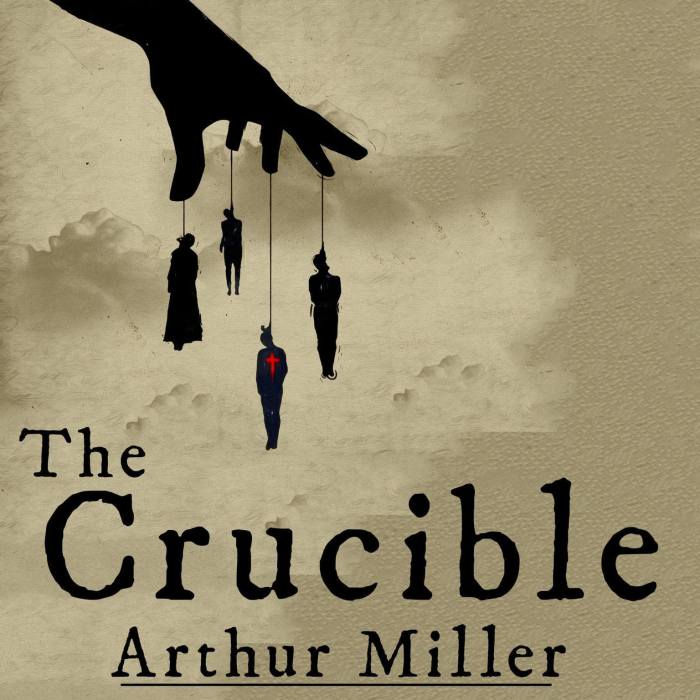
John Proctor emerges as a complex and compelling figure in Act 4 of The Crucible. His actions and choices shape the course of events, highlighting his motivations, conflicts, and relationships with other characters.
His Motivations
Proctor’s primary motivation is to protect his family and community. He is deeply concerned about the witch trials and their devastating impact on Salem. He believes in justice and fairness and is determined to expose the truth and end the persecution.
His Conflicts
Proctor faces several conflicts throughout the act. He struggles with his own guilt over his affair with Abigail Williams, which threatens his marriage and reputation. He also clashes with Deputy Governor Danforth, who refuses to listen to reason and is determined to carry out the executions.
His Relationships
Proctor’s relationship with his wife, Elizabeth, is strained due to his past infidelity. However, they are able to reconcile and support each other during this time of crisis. Proctor also has a close relationship with Giles Corey, who shares his skepticism about the trials.
His Actions and Choices
Proctor’s actions and choices have a significant impact on the course of events in Act 4. He confronts Abigail Williams, accusing her of witchcraft, and presents evidence to support his claim. He also refuses to confess to a crime he did not commit, even though it means facing execution.
These actions demonstrate his courage, integrity, and determination to stand up for what he believes in.
Themes in Act 4
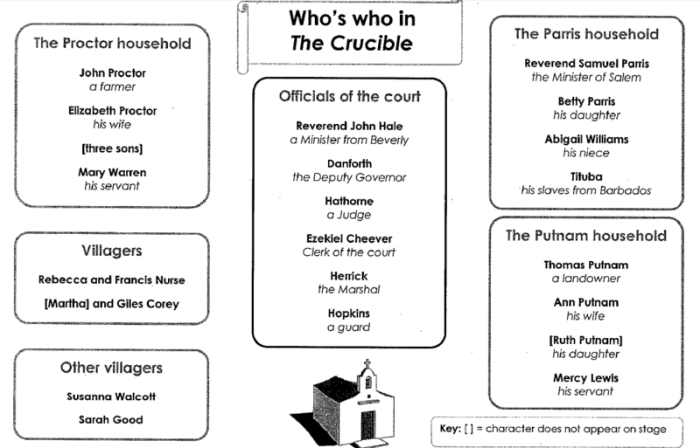
Act 4 of “The Crucible” delves into profound themes that resonate with the play’s central conflicts and underscore its enduring significance.
The Power of Fear and Mass Hysteria
Fear grips Salem like a suffocating blanket, driving people to irrational and destructive actions. The accusations against innocent individuals, based on spectral evidence and hearsay, demonstrate the devastating consequences of mass hysteria. Proctor’s defiance and the unwavering support of his wife and friends stand as a testament to the human capacity for courage and resistance against such forces.
The Importance of Integrity and Individual Conscience, The crucible pdf act 4
Proctor’s unwavering commitment to truth and justice, despite the personal risks involved, highlights the importance of integrity and individual conscience. His refusal to sign a false confession, even when faced with execution, epitomizes the moral strength required to stand up for one’s beliefs.
Through Proctor’s actions, the play emphasizes the significance of personal accountability and the dangers of succumbing to groupthink.
The Fragility of Justice and the Abuse of Power
The trials in Salem expose the fragility of justice when it becomes a tool for personal vendettas and political maneuvering. The corrupt court and the relentless pursuit of Abigail and Danforth demonstrate how easily justice can be distorted and manipulated.
Act 4 of The Crucible PDF delves into the gripping events of the Salem witch trials. As the tension reaches a fever pitch, you might find yourself drawn to the intense drama unfolding in an operating room. Discover the captivating world of operating room nurses and their extraordinary skills in operating room rn a v2 , a comprehensive guide to their roles and responsibilities.
Return to the Crucible PDF and witness the climax of this gripping tale as the accusations and trials reach their peak.
Proctor’s execution, despite his innocence, serves as a chilling reminder of the consequences when power is abused and justice is subverted.
Symbolism in Act 4
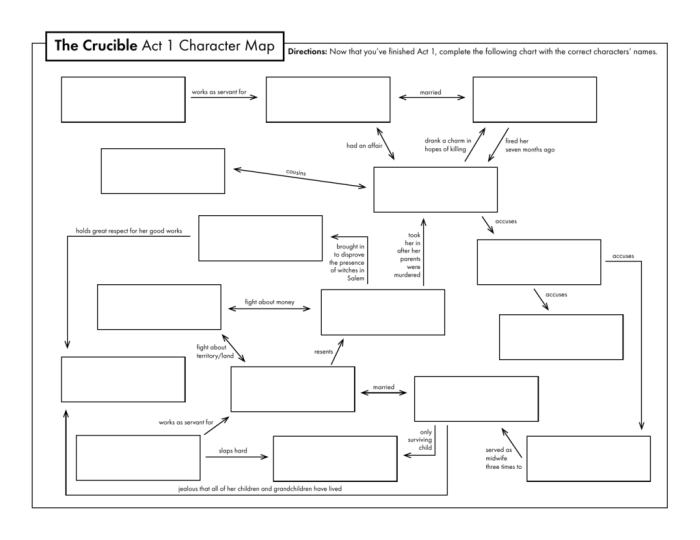
Act 4 of “The Crucible” employs powerful symbolism to enhance the play’s themes and character development. Objects, characters, and events take on deeper meanings, reflecting the complexities of the witch trials and the human condition.
The Black Veil
The black veil that Abigail wears symbolizes her dark nature and the evil that she represents. It also foreshadows the darkness that will engulf the town as the witch trials escalate.
The Dance in the Forest
The dance in the forest represents the chaos and hysteria that have taken hold of the community. The wild and uncontrolled movements of the dancers mirror the loss of reason and the irrationality that prevail.
The Courtroom
The courtroom symbolizes the authority and power of the Puritan society. It is a place where justice is supposed to be served, but in the context of the witch trials, it becomes a stage for injustice and persecution.
In The Crucible PDF Act 4, Abigail’s manipulative nature and power over the community is revealed. As the play progresses, her lies and accusations lead to the arrest of innocent people. Meanwhile, at the University of Texas at Austin, the fraternity Pi Kappa Phi has been involved in various controversies related to hazing and sexual misconduct.
The events in The Crucible PDF Act 4 serve as a reminder of the dangers of unchecked power and the importance of due process and fair trials.
The Stones
The stones that the townspeople throw at John Proctor symbolize the weight of their accusations and the overwhelming pressure that he faces. They also represent the crushing force of the community’s judgment.
Dramatic Structure in Act 4
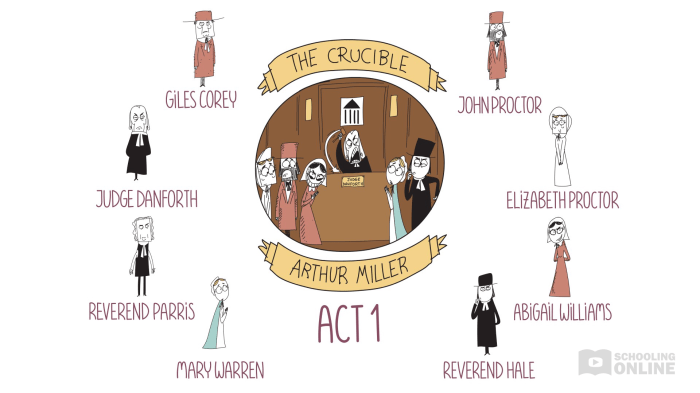
Act 4 of “The Crucible” unfolds with a heightened sense of dramatic tension and suspense. The playwright, Arthur Miller, skillfully employs various structural elements to build towards the play’s climax and intensify its impact.
Foreshadowing
Throughout Act 4, Miller uses foreshadowing to hint at the tragic events that will transpire. For instance, when John Proctor is asked to confess his guilt, he declares, “I have been found guilty by a court of law, and I will not give them the satisfaction of seeing me break.”
This foreshadows his unwavering determination to maintain his integrity, even at the cost of his life.
Suspense
Miller also builds suspense through the use of pacing and dialogue. The act begins with a slow, deliberate pace as the characters discuss the upcoming executions. As the tension mounts, the pace accelerates, culminating in the climactic confrontation between Proctor and the court.
The dialogue is also filled with moments of high emotion and conflict, which further heightens the sense of suspense.
Climax
The climax of Act 4 occurs when Proctor is forced to make a choice between confessing his guilt and maintaining his integrity. His decision to resist the court’s demands and stand by his principles creates a powerful moment of tragedy and catharsis.
This climax serves as a turning point in the play, setting the stage for the tragic conclusion in Act 5.These elements of dramatic structure contribute significantly to the overall impact and effectiveness of “The Crucible.” By employing foreshadowing, suspense, and a carefully crafted climax, Miller creates a compelling and emotionally resonant experience for the audience.
Clarifying Questions: The Crucible Pdf Act 4
What is the central conflict in Act 4 of “The Crucible”?
The conflict centers around the trials and the moral dilemmas faced by John Proctor and other characters as they grapple with the accusations of witchcraft.
How does the character of John Proctor evolve in Act 4?
Proctor’s integrity and courage are tested as he struggles to maintain his principles while facing pressure to confess to witchcraft.
What is the significance of the symbolism in Act 4?
Symbols such as the fire and the forest represent the destructive nature of mass hysteria and the fragility of human life.
